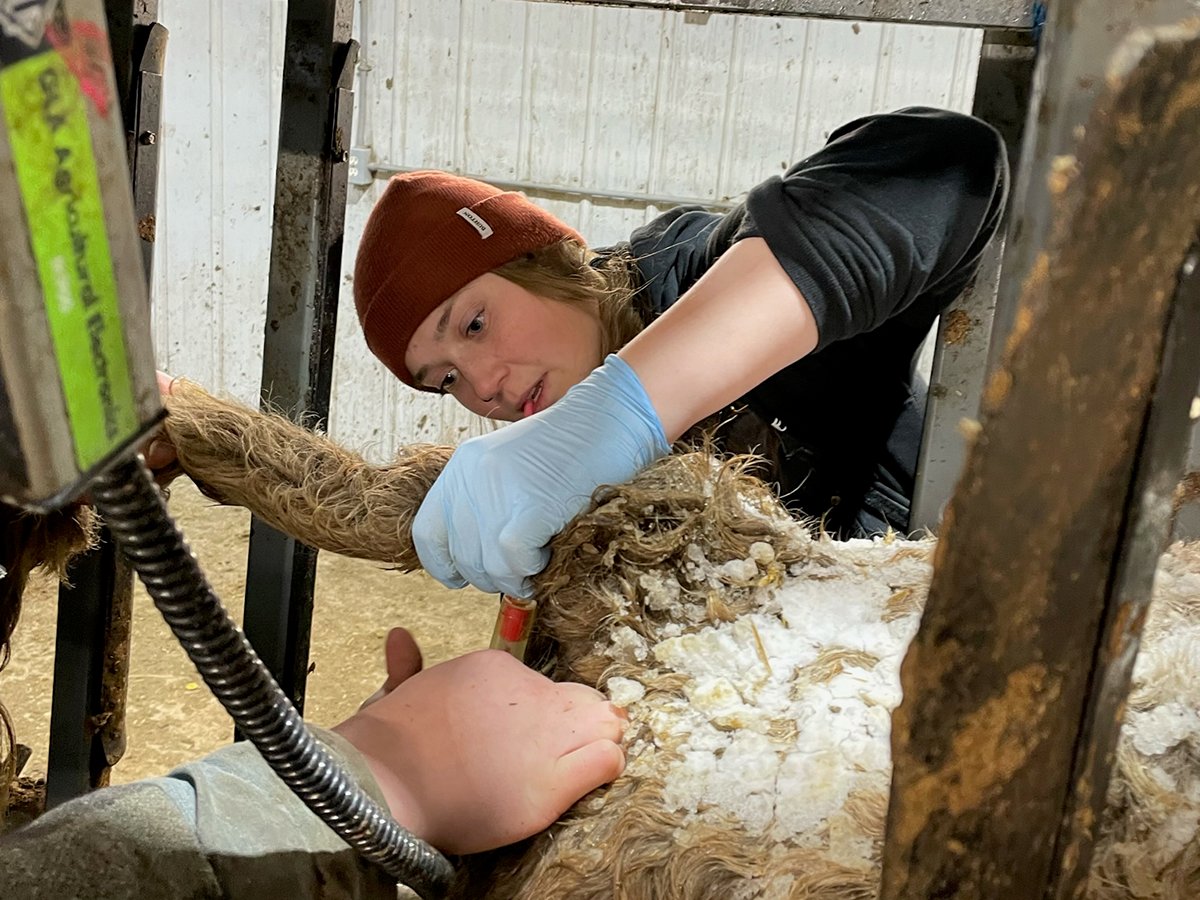The busy beaver is known for its ability to chew through trees and build elaborate lodges.
But the beaver also has a lesser known skill: it can survive on a diet of branches and twigs.
Scientists with Agriculture Canada want to know how the beaver pulls off that trick, because the knowledge could be used to improve forage digestion in cattle and sheep.
“The beaver eats a low-quality forage diet, so we are studying which enzymes in its gut help break down those plant materials to get the nutrition it needs to grow,” said Rob Gruninger, research associate at the Agriculture Canada research centre in Lethbridge.
Read Also

Pen riders better than tech at detecting respiratory disease in feedlot cattle, says researcher
Katrina Garneau’s recent research found that pen riders are better than technology at flagging signs of BRD in feedlot cattle.
In 2016 Gruninger, Tim McAllister and other scientists published a paper on bacteria that live in the gut of the North American beaver. The study may have been the first to look at the microbiome, or microbial community, inside the world’s second largest rodent.
Scientists are also studying another creature that survives on low quality forage: the panda.
Wen Chen, Agriculture Canada research scientist in Ottawa, is studying the fungi and microbes that pandas use to digest bamboo.
Chen and Gruninger’s research is in the early stages but if they can discover how beavers and pandas exist on low quality forage it could be applied to ruminant digestion and also aid in producing biofuel from plant cellulose.
“What we’re seeing in the lab is really exciting,” Chen said. “Imagine the possibilities that exist in reducing our reliance on petrochemicals by improving the way we make biofuel.”















